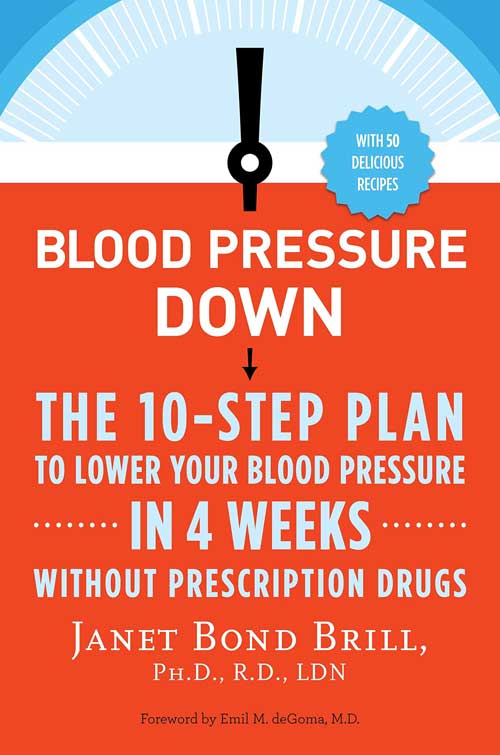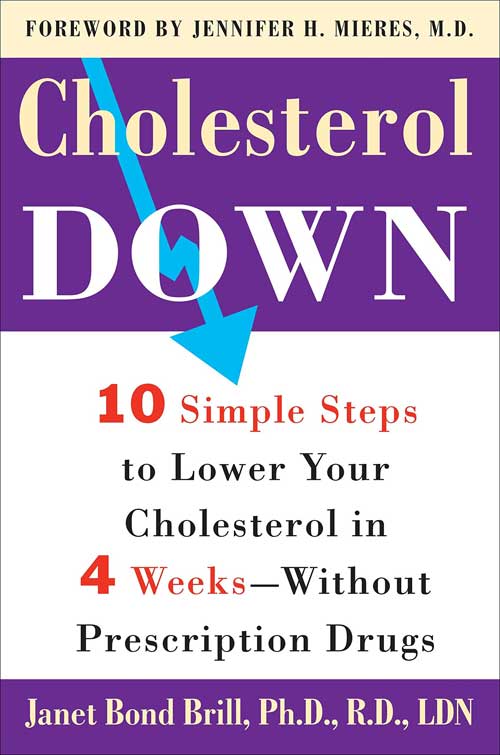By

Overview of Medicare parts
Medicare is a government-sponsored health insurance program for people aged 65 and older, younger people with disabilities, and those with End-Stage Renal Disease. The U.S. federal government funds it, and all or most of the cost is paid for by contributions from employees, employers, and beneficiaries. Medicare is funded by a dedicated payroll tax, premiums and surtaxes from beneficiaries, general revenue, and bond repayments.
What Medicare Covers
Medicare covers health services that include inpatient care, outpatient hospital care, prescription drugs, and doctors’ services. Medicare does not cover eye care, hearing aids, or dental care.
Parts A
Medicare Part A is also known as Hospital Insurance. It helps cover inpatient hospital care, home health care, skilled nursing facility, and hospice care.
Inpatient Hospital Care
This is the care you get when you are admitted to a hospital by a doctor. People are covered for inpatient hospital care up to the end of their stay of 90 days and an additional 60 reserve days.
Home Health Care
This is the care you get when you need home health care. You can get care from a doctor or other service providers or your family or friends, and you can receive non-medical services such as help with daily activities. A patient is covered up to 100 days of daily care and full intermittent care.
Skilled Nursing Facility
This is a nursing home for people who need more skilled nursing care than they can get at home. It includes nursing care provided by registered nurses and licensed practical nurses in the facility under the supervision of a physician licensed to practice medicine. Medicare covers tube feeding, room, wound care, and medication administration.
Hospice Care
This is the care you receive when your doctor determines you are terminally ill. It includes pain and symptom management and supportive care services. The care is covered as long as the doctor determines you need the care.
Part B
Medicare Part B provides outpatient care or medical coverage. Some of the services that Part B covers include:
Ambulance Services
The ambulance services are covered as long as the provider of services certifies that the patient meets the certification requirements for ambulance services. It is also known as emergency transportation to and from the hospital.
Preventive Services
The services include screening and counseling to help detect disease conditions, prevent illness, and keep the patient healthy. Medicare covers preventive services with no coinsurance.
Mental Health Services
Psychiatric or mental health services are covered when needed to alleviate the patient’s mental disorder and help you maintain your functioning. They include psychiatric diagnosis, professional counseling, and other psychotherapy treatment. The benefits may be provided by a physician, nurse practitioner, or accredited social worker.
Chiropractic Care
When necessary, chiropractic treatment is covered by Medicare to alleviate your spinal disorder symptoms and help you maintain your functioning. They include examination by a physician before the treatment and other tests and X-rays that may be ordered during treatment.
Therapy Services
The therapy services are covered by Medicare when needed to help improve your ability to function. They include physical therapy, occupational therapy, speech and language therapy, psychological therapy, and other therapeutic services.
Durable Medical Equipment
These are equipment that is used for medical purposes at home. They include Walkers, wheelchairs, crutches, and oxygen tanks. The equipment is bought from a Medicare-approved supplier.
Diagnostic Services
The diagnostic services include lab tests and x-rays to help diagnose a condition. They include X-rays, laboratory tests such as blood and urine analysis, bone edema test, etc. They also have a physical or mental examination, consultation with another provider, or other benefits when it is needed to evaluate your condition and decide what care you need.
Part C
Medicare Part C is also known as Medicare Advantage Plan. It provides additional coverage beyond what Part A or Part B offers. It is usually required by private insurers who provide prescription drug plans or Medicare Supplement Plans. The Medicare Advantage Plan offers benefits similar to Original Medicare Part A and Part B but does so with different costs, coverage restrictions, and rules. You can also get Part D under the Medicare Advantage benefits package. One can pay the monthly premium for this coverage using the Part B premiums. Once you join Medicare Part C, you will use the membership card prescribed by the insurer to access your plan.
Part D
Medicare Part D is the prescription drug plan offered by Medicare. It is provided through private insurance companies with federal government contracts. The government does not directly offer it like Original Medicare. To get Part D, you must enroll in a Medicare Advantage or private Medicare prescription drug plan. Enrollment is optional. For example, it is not mandatory to join the Medicare Advantage Plan. But you will have to enroll in it if you want the prescription drug plan with your Medicare coverage. You can also get this coverage through private plans on your own. The Part D benefit helps you pay for very high drug costs.
Conclusion
Medicare is very popular and widely used in the country. It is the federal government insurance program for people over 65 who are also low-income recipients. Medicare has many rules and benefits to help you receive more care and service at reasonable prices. For more information about Medicare and getting benefits under it, visit the Medicare website or contact your local social security office.











